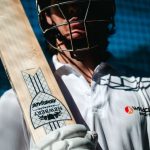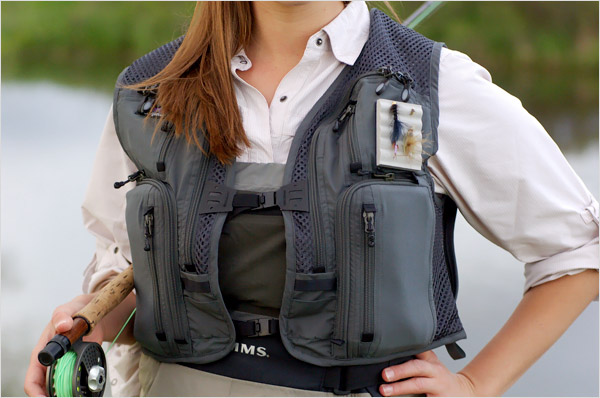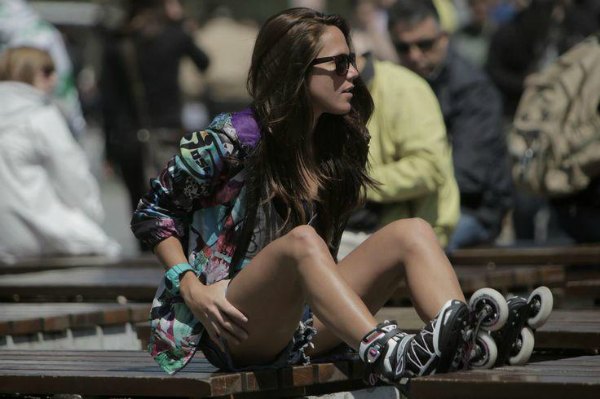Do you have a teen who wants to become the next world champ on the crease and it’s time to buy a new bat? Or, maybe you are a batter yourself and it’s time for a new faithful comrade on the pitch? Choosing the right cricket bat can be a very demanding task. There are so many things to take into consideration, so here is some advice on how to pick the perfect one and get launched in the Hall of Champs next to Ben Stokes and Don Bradman, of course.
Harrow Bats: What You Need to Know
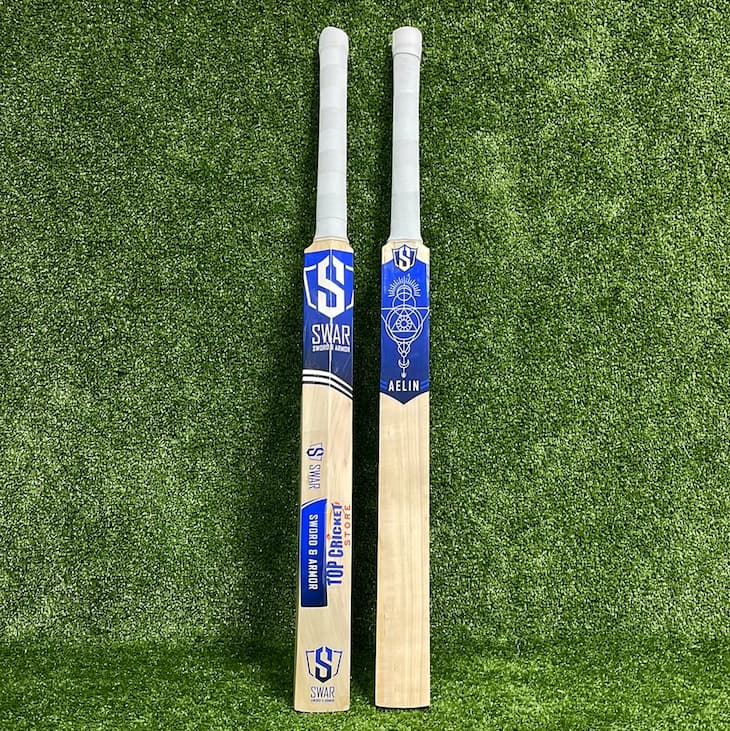
Dimensions
There are ten categories of cricket bats all depending on the height of the player, but we will talk about one of them: harrow or youth cricket bats.
Harrow cricket bats are the biggest in the category of junior-sized and they are 83.18 cm long. They are 10.58 cm wide and they weigh from 1.13kg to 1.22 kg. Youth bats are suitable for youth aged from 12-15 with height from 163cm to 170cm. In some cases, they can also suit the small men category.
Materials
All cricket bats are made of two types of willow tree: English willow and Kashmir willow. It is the same type, Salix Alba var. Caerulea, but cultivated in two different environments: England and Kashmir (India). The differences in soil and climate produce slight variations in the quality of the wood, so English willow is softer, lighter, and more prone to breaking, while Kashmir willow is denser, darker, and more long-lasting.
In the world of cricket, English willow bats have a superior status compared to Kashmir and are much more expensive to buy, but when we are talking about real, practical differences in the quality of the wood, they are very small, sometimes even unrecognizable.
Sweet Spots, Shapes, and Profiles
The sweet spot is the point where the ball if hit, receives maximum acceleration with minimal jarring on the hands and forearms of the batter. Depending on its position, there are three types of bat profiles: traditional (high), mid, and low. Here, each player has to make a personal choice based on his technique and the playing style he uses.
The traditional profile has a thicker blade and higher sweet spot which means that the biggest mass is distributed towards the handle of the bat. This gives the bat a better balance and feel and is best for hard/fast wickets.
Mid-profile bats have the sweet spot distributed in the middle portion of the blade. They are well-suited for not very bouncy pitches and allow effective control of the shots.
Low-profile cricket bats have a sweet spot towards the bottom of the blade and this area feels slightly heavier. It gives an improved swing momentum, and more power when shots are played, so these bats are perfect for English wickets with low and slow bounce and for cricketers who prefer playing on their front foot.
Tips for Buying a Harrow Bat
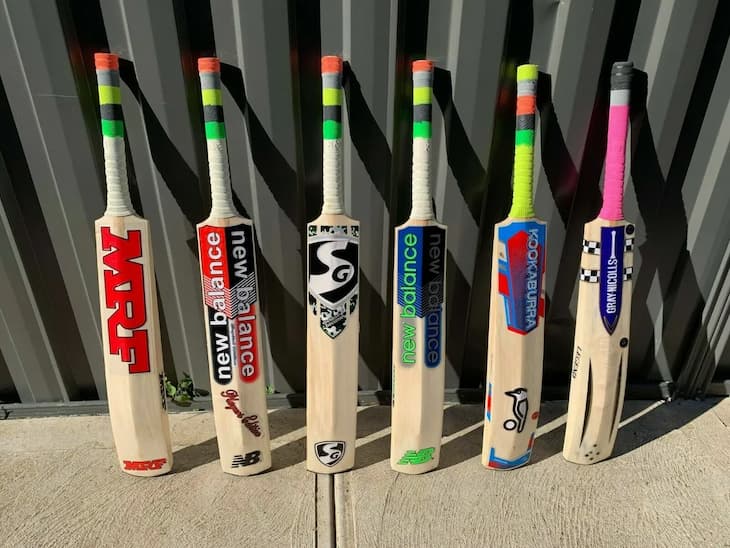
Determine Your Playing Style and the Suitable Shape
Straight players who use their feet a lot need a low-profile bat which is heavier on the bottom. It will give them a strong swing and an opportunity to use their power-hitting technique. Cut and pull players should choose a mid or a slightly higher profile. It will give them more speed to the swing and allow them to get the best shots.
Find the Right Balance
The bat should feel like an extension of your hand. This is a completely subjective thing since we all have different physiques and strengths, but it is the best way to find your perfect pitch companion.
Choose the Perfect Pickup
The pickup is also a highly subjective thing, but extremely important if you want to find the perfect bat. Pick it up and feel it in your hands. it’s a combination of the bat’s weight, shape and balance. If the bat is well-balanced with a good pickup, it can be heavy but still feel light.
Feel the Best Ping
The ping is the rebound felt after you hit the face of the cricket bat. This is one of the most important characteristics of the bat because it allows greater power and control when you hit. To determine it, you should strike the bat with a mallet or a ball.
What About the Weight?
The weight is not so important as the pickup, but here’s some practical advice: if you are a right-handed batter, pick up the bat with your left hand and hold it straight out, parallel to the ground. If you can’t hold it easily for 30 seconds in this position, it’s too heavy for you.
Useful Accessories: Take Care of Your Harrow
Maintenance Kit and Care
The basic bat maintenance kit contains a bat care kit, a grip applicator, raw linseed oil, a cricket bat mallet, and an anti-scuff sheet. You will also need a protective cover or a case. But, the preparation and maintenance of the bat is a philosophy on its own. You have to oil, sand, buff, put an anti-scuff cover, and shoe goo on the toe (if it doesn’t come with a rubber one). This is just the start. Your youth bat will need regular oiling and waxing two times a year and repairs every time it’s damaged.
Knocking
The bats also need to be knocked to get their optimum performance in a short span of time. If you don’t have the special skills and patience to spend at least four hours knocking it with a bat mallet, you can leave it to the experts in your store. where it can get its 15,000+ machine knocks. After that, you can just enjoy the extra 3-4 hours of playing with an old leather ball, to finish the whole process.
Brands and Prices
Kookaburra, SG (Sanspareils Greenlands), Gray Nicolls, GM (Gunn and Moore), DSC, New Balance… The list is much longer. If you are an avid fan, these names bring special music to your ear. But, when it comes to the best value for your money, don’t forget that big names are often overpriced, and that you pay more for brand stickers than for real quality.
In the subcontinent, English willow youth bats go from 200 AUD to 850 AUD (the famous Gray Nicolls Legend). On the other hand, Kashmir willow bats are much cheaper but also offer great quality. Their price range is from 70 AUD to 100 AUD, so, if you have a junior who grows fast and needs a new bat every year, buy Kashmir, and you won’t regret it.
Bust the Myths: Choose Quality Over Name, Grains and Grades
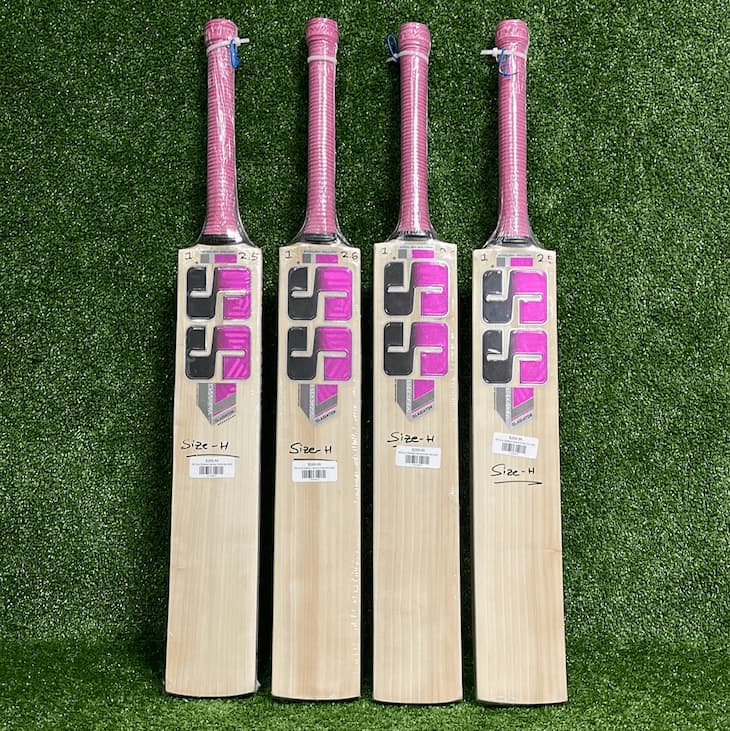
There are so many myths when it comes to finding your perfect bat.
For example, more grains mean a better bat. It isn’t true. It just means that the wood is older and such bats reach their performance peak faster, but they are more brittle and won’t last that long. Bats with fewer grains, on the other hand, will need more time to reach their peaks, but they are less dense and will last much longer.
Another myth is that bats made of a higher-grade willow will always perform better. The quality of the wood has its part in the performance but is not as significant as the overall set of characteristics. So, it doesn’t have to be a Premium English willow, you can achieve good results with not-so-expensive grades, too.
If you think that your cricket idol knows better, just keep in mind that people, no matter how heroic they look, do not always tell the truth. It is public knowledge that a lot of great cricket players use bats that give them the right feel instead of those made by their sponsors. They choose the right bat and just add the sponsor’s stickers.
So, this also completely busts the myth that more expensive bats will always perform better. What matters is that your youth cricket bat has a good pickup, and ping and suits your play style. Don’t waste a lot of money on expensive bats that don’t fit you, because those with excellent performance can be found in all price ranges.
The season is open and you have the knowledge. So, find the best youth cricket bats for your teens and head to the pitch. Advise, cheer, lift up. Teach them all those important lessons they will need for life and enjoy every moment.

